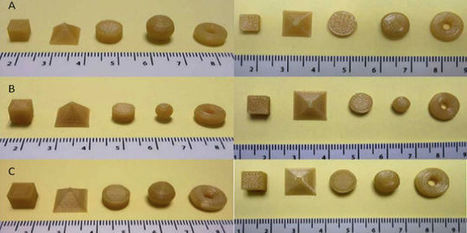New possibilities in 3D printing may open up a whole new chapter of opportunities for pharmaceutical research and bio-technology applications. There are a number of ways it could be used — drug dosage forms, supporting delivery, or helping to research cures. Let’s explore how that might work.
3D printing has been around for many years; predominantly been used in manufacturing. This type of printing, also called stereolithography, can create almost any object by fusing different materials, layer by layer, to form a physical version of a digital 3D image. Over the past 15 years, 3D printing has expanded into the healthcare industry, where it’s used to create custom prosthetics and dental implants. Now, there may be an opportunity to use it for personalized healthcare as well.
Pharmaceutical drug research and development could be improved drastically by 3D printing. Rather than printing objects made out of plastic or metal, imagine printing pills or human organs and tissue. This would allow companies to test drugs much more safely (and much cheaper). It seems to be within science’s reach — and closer than ever.
Healthcare changes on the horizon
Compared to other sectors, 3D printing technology has played a minor role in healthcare so far. Experts assume that healthcare only accounted for 1.6 percent of all investments made into the $700 million 3D printing industry. However, that number is expected to grow to 21 percent over the next 10 years.
The latest research shows an even more drastic development for health and medicine. Using 3D printing for medical applications could amount to a market value of $2.13 billion by 2020, says market research company MarketsandMarkets.com. Applications such as dental implants have already been very successful commercially: It’s assumed that around 50,000 custom-fit Invisalign braces are printed on a daily basis.
Via
Dominique Godefroy,
guillaume riottot



 Your new post is loading...
Your new post is loading...










